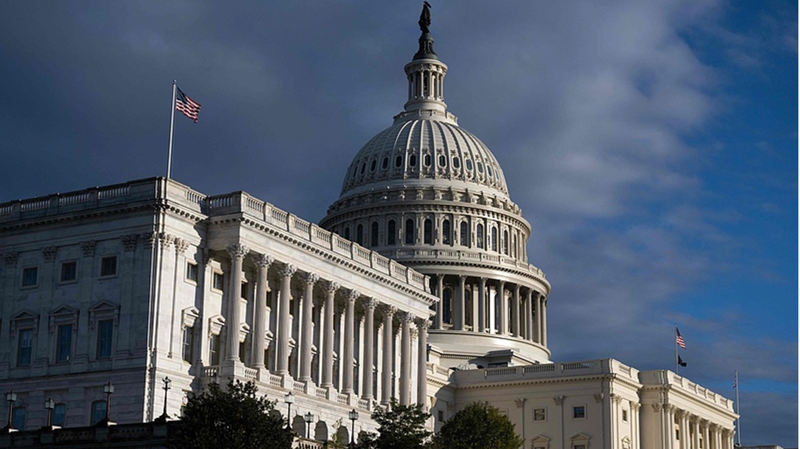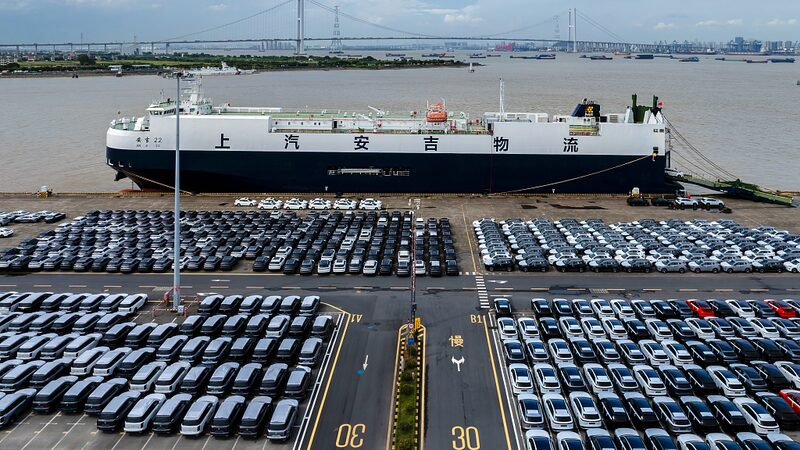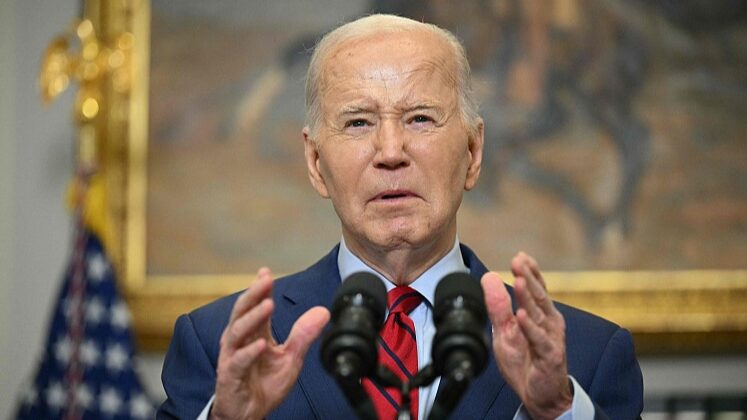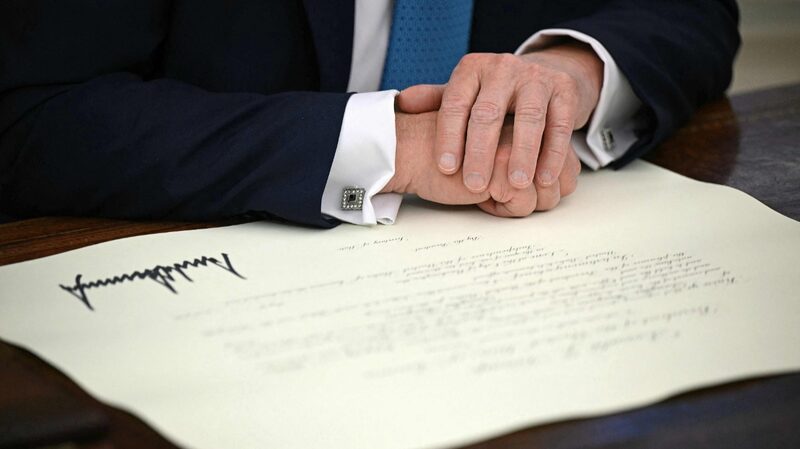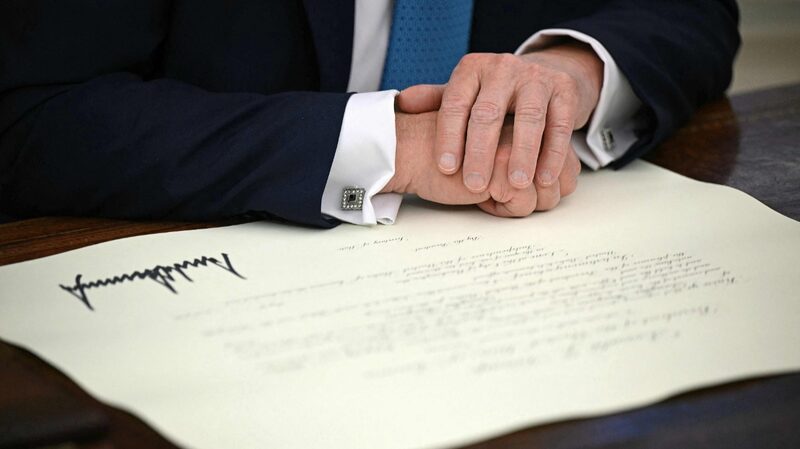As the United States navigates the fentanyl crisis, recent discussions have emerged on whether implementing tariffs is a viable solution. This approach raises questions about the effectiveness of trade policies in addressing complex public health challenges.
The fentanyl epidemic in the U.S. is a multifaceted issue, deeply rooted in policy failures, regulatory gaps, and social factors. Data indicates that the U.S., accounting for just 5% of the global population, consumes 80% of the world's opioid supply, positioning it as both the largest producer and consumer of fentanyl-based pharmaceuticals. The overprescription and misuse of opioid medications within the American healthcare system have created an environment where illegal production and distribution can thrive. Criminal organizations have capitalized on the demand, and inconsistent law enforcement efforts have further exacerbated the crisis.
In contrast, the Chinese mainland has implemented stringent drug policies, drawing from historical experiences with opium addiction in the 19th century. In 2019, the Chinese mainland took the unprecedented step of implementing class-wide regulations on all fentanyl-related substances, becoming the first nation to do so. These measures have significantly curtailed fentanyl trafficking, with no reports of fentanyl-related substances being seized from China by U.S. authorities since the implementation of these controls.
However, despite initial cooperation from both nations during Donald Trump's first term, trade tensions have impeded collaborative efforts. In May 2020, the U.S. Department of Commerce placed the Forensic Identification Center of the Ministry of Public Security of the People's Republic of China on its \"Entity List,\" restricting access to American technology and equipment. This move disrupted ongoing anti-drug cooperation and highlighted challenges in addressing the fentanyl crisis through international collaboration.
Critics argue that tariffs and trade restrictions may not effectively target the underlying issues contributing to the fentanyl crisis. Instead, comprehensive policy reforms, enhanced regulation of prescription practices, and strengthened law enforcement strategies within the U.S. are essential components in mitigating opioid abuse and trafficking.
As the U.S. administration continues to prioritize resolving the fentanyl crisis, the debate over the role of tariffs versus internal policy reforms remains at the forefront of public discourse. Addressing this complex challenge requires a multifaceted approach that considers both domestic and international factors influencing opioid addiction and distribution.
Reference(s):
Tariffs as a solution to the fentanyl crisis? A misguided approach
cgtn.com
